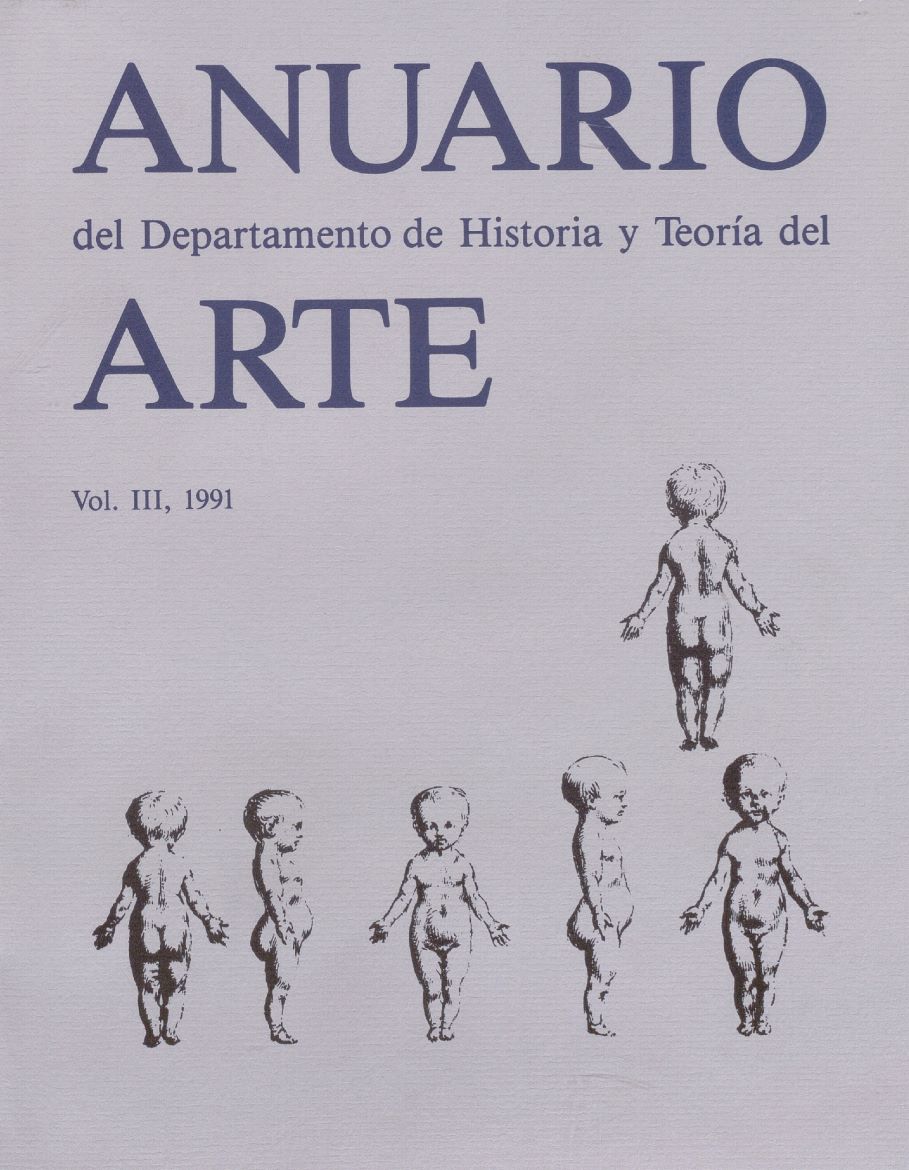Reflexiones sobre la platería española en la segunda mitad del siglo XV: sobre dos cruces conservadas en el Instituto de Valencia de Don Juan y en el Museo del Camino de Astorga
Copyright (c) 2015 Anuario del Departamento de Historia y Teoría del Arte

This work is licensed under a Creative Commons Attribution 4.0 International License.
Abstract
Gold and silver work and enamel developed greatly in the 14th Century in the Kingdom of Aragón. In the 15th Century Barcelona's silver-smith trade moves away from that one of Levante. At the same time Castilian gold and silver work emerge again. The latter is less known became driving punches were not there in spite of orders given by Madrid Parliament in 1435 under Juan II to engrave gold and silver pieces. The study of these two processional crosses ("Instituto Valencia de D. Juan de Madrid y Museo del Camino de Astorga") is an attempt at analyzing the presence of Catalonia and Castile elements in pieces belonging to artistic ways of thinking during the second half of the 15th Century.
